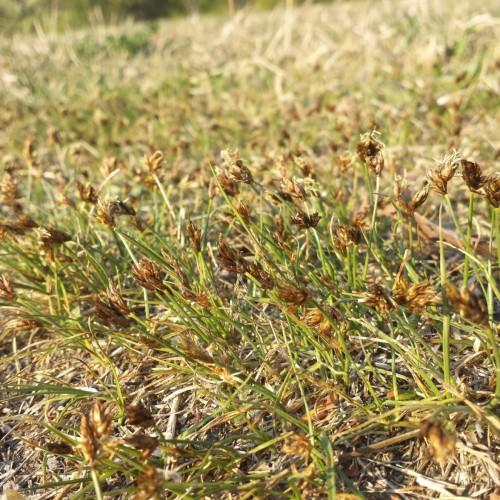
Bear Sedge
Carex ursina
Watering:
Minimal
Hardiness Zone:
Sun:
full sun,part shade
Leaf:
Yes
Growth Rate:
Low
Drought Tolerant:
Yes
Salt Tolerant:
Yes
Care Level:
Medium
watering
Hidden Sedge loves moisture, so its important to keep the plant well-watered. During the growing season (spring and summer), water the plant deeply twice per week, making sure that the soil remains consistently moist. During times of extreme heat, increase watering to 3 times per week. In the fall and winter months, reduce watering to once per week, allowing the soil to dry out slightly between watering. Keep in mind that overwatering can lead to root rot, so it's important to always be vigilant and adjust your watering schedule as needed for the climate and temperature.
sunlight
Hidden Sedge (Carex umbellata) needs at least 4 hours of direct sunlight every day and prefers full sun for optimal growth. It is best to provide as much light as possible throughout the day for this plant species. It is a shade tolerant species, but it will grow more vigorously in sunny locations. It should be planted in an area that has a lot of direct sunlight, so it receives sunlight for at least 8 hours per day during peak growing season. In the winter months, it will do best with a few hours of sunny light even if it is indirect light.
pruning
Hidden Sedge (Carex umbellata) needs to be pruned lightly every year during its establishment period in the spring, typically between April and May. After 2 or 3 years, pruning should be done more extensively, focusing on removing dead foliage and stems to encourage fresh growth. Pruning should be done cautiously in order to not damage any new growth. Care should be taken to remove only stems that are dead or that are overgrown and blocking new buds from emerging. If the carex is growing in a container, it should be removed from the pot and pruned more heavily, as this will help to encourage more even and bountiful growth from the plant.
